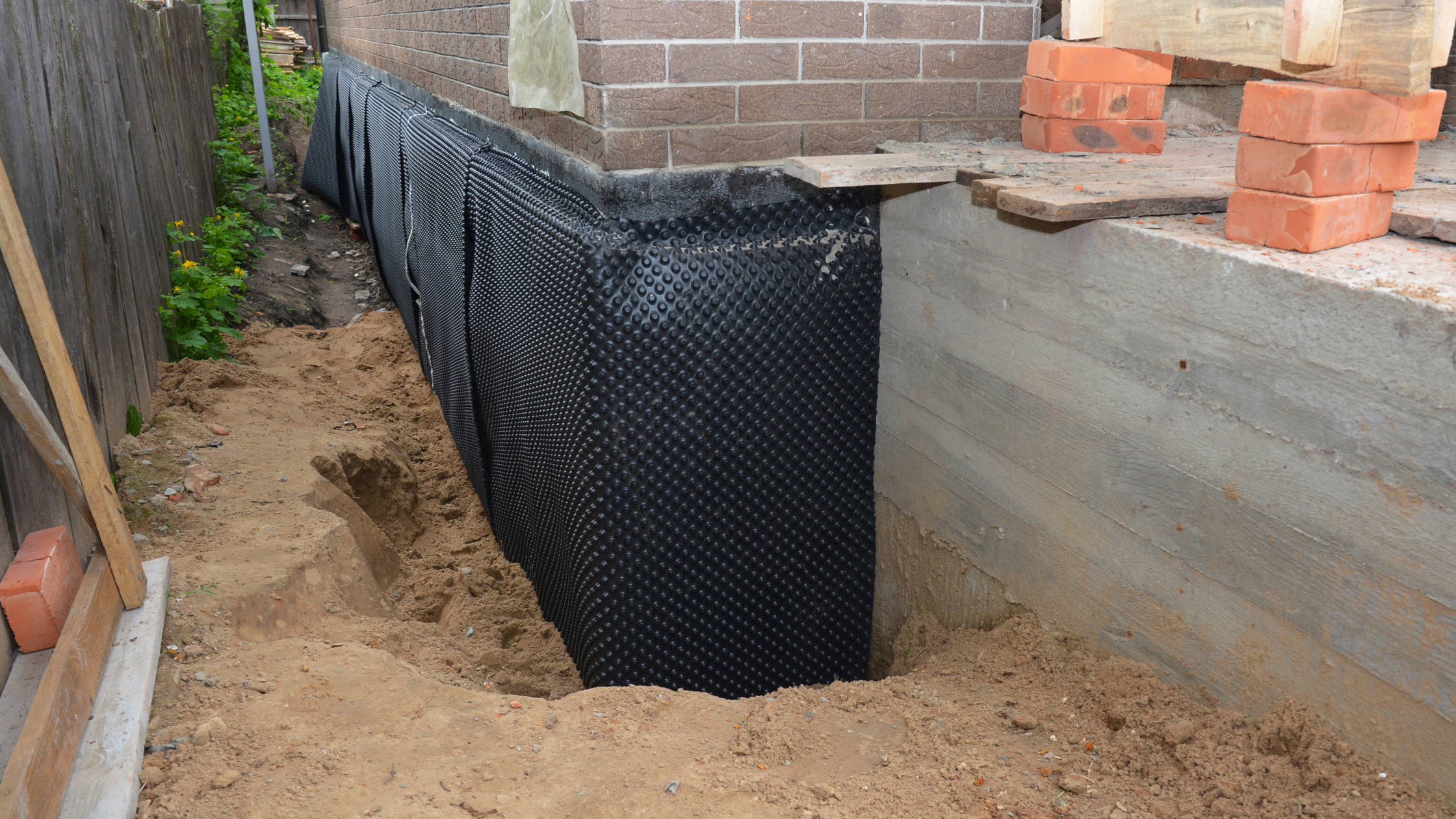
19 Dec Understanding the Effects of Cold Weather on Foundation Stability
As winter sets in, we’re busy keeping our homes warm, gritting our driveways, and dealing with frosty mornings. But have you ever considered how the cold weather might be affecting your home’s foundations?
While the UK doesn’t experience the extreme deep frosts seen in some parts of the world, prolonged wet and cold conditions can still impact soil movement, drainage, and structural stability.
Soil Movement in Cold, Wet Weather
The combination of colder temperatures and increased rainfall can affect the ground on which your home is built. Clay-based soils, which are common across the UK, expand when wet and shrink when dry. This seasonal movement can lead to foundation settlement, particularly in homes with shallow foundations or inadequate drainage.
When the soil beneath a property becomes waterlogged in winter, it softens and loses strength. This can lead to foundation movement, especially if the property is built on shrinkable clay. Nearby trees absorb moisture from the ground, making the problem worse. Over time, this movement can cause cracks in walls, misaligned doors and windows, or uneven flooring.
The Role of Drainage in Foundation Stability
Excess rainwater is one of the biggest risks to foundation stability during a UK winter. Poor drainage can cause water to accumulate around the base of a property, increasing pressure on foundation walls and leading to structural issues like cracks or water ingress. If left unaddressed, this can weaken the foundation over time.
To reduce these risks, it’s essential to have proper drainage systems in place. This may include installing French drains, ensuring gutters and downpipes direct water away from the house, or regrading the surrounding ground to prevent pooling water.
Keep Your Foundations Maintained
Issues like foundation depth, insulation and drainage should ideally be addressed when a property is built. If this hasn’t been done, though, a contractor specialising in foundations can correct the problems. The reality, though, is that cold weather can eventually wear down even the best-constructed foundations. That’s why it’s important to have your foundations inspected regularly and any repairs carried out before problems become serious.
If you’re looking for piling contractors in London, the surrounding areas or South East England, you can contact U&M to discuss your needs.




